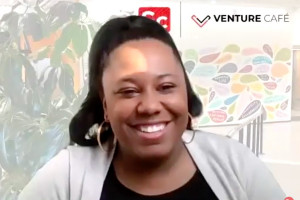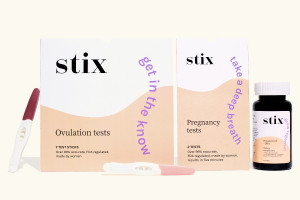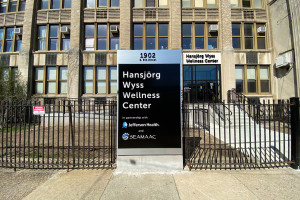How Selling Ads Can Save Philly’s School System
School Superintendent William Hite needs more money, and we’re all in agreement with him.
City Council has rejected the district’s latest funding plan and remains resistant to Mayor Michael Nutter’s proposal to increase real estate taxes. Governor Tom Wolf is behind allocating more dollars from Harrisburg to Philadelphia’s schools. Unfortunately, no one is proposing any further cuts to healthcare or pension costs because the unions are too powerful and give too much money to our politicians. Our population has been taxed to the extreme, and more taxes are very, very unpopular. And people living in Western Pennsylvania are understandably not thrilled to watch their hard-earned tax dollars be sucked down the Philly school system vortex.
But all this can change. There is a solution. When a business owner wants to grow — and no more revenues can be generated from the existing customer base — he or she looks for new customers and new markets. And the good news for our schools: New opportunities exist. They have names like Apple, Pepsi, Nike and Comcast. Let them advertise in our schools.
OMG! Those big, evil corporations? Advertising in schools? Product placements? Shameless promotions? How shocking. I mean, our children don’t see that anywhere else, right? They don’t watch TV, go to the movies, attend sporting events, ride buses or visit Disney World, the Shore or Great Adventure? They don’t attend our own city’s corporate-branded and funded parades, festivals, concerts and fireworks? Oh right, they do. They’re already barraged with corporate promotions. And guess what … they seem to be OK with it. So why not in our schools?
Why shouldn’t Citizens Bank or Wells Fargo be allowed to rename our school buildings like they’ve already done with our athletic fields? The Phillies no longer play at “The Vet” and we survived. Why can’t Staples have their logos on every textbook and pencil issued? Can’t there be posters and billboards inside of school properties advertising movies or games? Can’t our students be using Microsoft and Apple products in return for promotion? Why shouldn’t there be special food concessions and vending machines filled with Coke or Pepsi products? Or athletic uniforms with Comcast logos on them like every little league and European professional soccer team?
The Philadelphia School system is a giant market for advertisers, and a potential goldmine for Mr. Hite (or a newly appointed VP of Business Development) to sell. There are about 25,000 teachers and employees, 142,000 students enrolled in district schools and another 64,000 students in charter schools. Assuming all of those employees and students each have two family members, that means the right advertising or promotional partnership with a group of corporations could reach an audience of almost three quarters of a million people a year — annually — with new customers coming in every year too. This is a huge value to larger companies, particularly those looking to seed their products and grow their customers for life from an early age. This is not evil. This is good.
And it’s not as if there isn’t precedent. Drugstore chain CVS has promoted its flu shot campaign in Virginia and Florida schools with signs at football games, posters at school entrances and in-district e-newsletters. In California, the San Diego Unified School District recently voted down a proposal to sell ad space on campus and on school websites, and Pepsi would have given Oakland, Calif. schools $11 million for the right to be the district’s exclusive soft drink distributor, but the deal was also turned down. (Note: The Philadelphia school system is not exactly in as good financial shape as San Diego or the Bay Area.) Some experts say that exclusive deals with soft drink companies alone could bring $30 to $35 of revenue per student into a school district – that would be about $7.2 million per year for our schools. And this is from just one corporate sponsor.
Will this end our budget woes? Frankly, yes. A long-term coordinated effort combining both school district and local corporate executives could probably secure $50 million to $100 million a year in funding for our schools from the corporate world. It won’t happen overnight. But it would happen. And guess what? Our kids will be fine. Their teeth won’t fall out, their bodies will still grow and their minds won’t be poisoned by product promotions and offers. But they will have the resources they need to get a much, much better education. And if done the right way with proper oversight and rules, the Philadelphia school system has the opportunity to be a national innovator in urban education, rather than an embarrassment. And that’s the kind of legacy I’m sure Mr. Hite would want to leave.
Follow @GeneMarks on Twitter.



